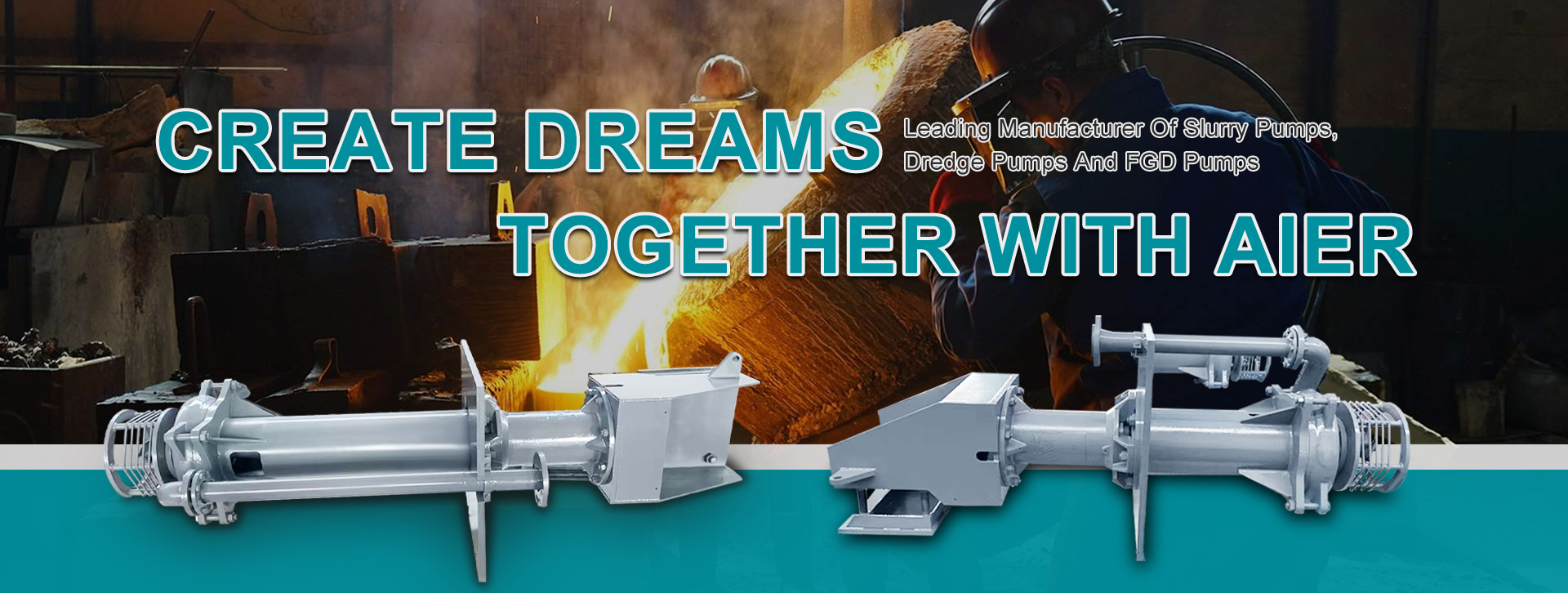Sep . 14, 2024 00:10 Back to list
dredge pump impeller
Understanding Dredge Pump Impellers A Key Component in Dredging Operations
Dredging is a vital process in various industries, including construction, environmental restoration, and maritime navigation. At the heart of a dredging operation lies the dredge pump, an essential machine designed to excavate and transport sediments like sand, silt, and clay. One of the most critical components of a dredge pump is its impeller. Understanding the function and design of dredge pump impellers is crucial for optimizing dredging efficiency and prolonging equipment lifespan.
The impeller serves as the driving force within the dredge pump, converting mechanical energy into hydraulic energy. As the impeller rotates, it creates a centrifugal force that draws water and sediment into the pump. This process not only facilitates the lifting of heavy materials from beneath the water's surface but also propels them through the discharge pipeline. The design of the impeller significantly impacts the pump's overall performance and efficiency.
Dredge pump impellers come in various shapes and sizes, tailored to specific dredging tasks. A common design is the open impeller, which allows for unrestricted flow of materials. This design is particularly beneficial in handling large, bulky sediments, minimizing the risk of blockages. On the other hand, closed impellers are used when fine materials need to be managed with high efficiency, ensuring that the pump can move even the most viscous mixtures without losing performance.
dredge pump impeller

Material selection for impellers is also crucial, as dredging often involves abrasive substances that can lead to wear and tear. Manufacturers typically use high-chromium alloy steels or rubber coatings to enhance durability and resist corrosion. Improved materials not only extend the life of the impeller but also reduce maintenance costs and downtime, essential considerations in large-scale dredging operations.
The performance of a dredge pump impeller is influenced by several factors, including rotational speed, flow rate, and the density of the material being pumped. Optimizing these variables can lead to significant improvements in efficiency. For instance, selecting the correct impeller size based on the intended dredging depth and material type can maximize the pump's output while minimizing energy consumption.
In conclusion, the impeller is a pivotal element of dredge pumps that plays a significant role in the success of dredging projects. Understanding its design, material properties, and the importance of optimization can lead to more effective dredging operations. As the industries reliant on dredging continue to evolve, future innovations in impeller technology are likely to enhance performance even further, ensuring that dredging remains a robust solution for environmental and infrastructural needs.
-
Wholesale Slurry Pump Closed Impeller Supplier High Efficiency China Slurry Pump Closed Impeller
NewsJul.06,2025
-
High Quality Warman Slurry Pump Drawings Supplier & Factory Reliable Customization
NewsJul.06,2025
-
China SP Slurry Pump Supplier – Vertical Sump Pump Rubber Lined Manufacturer & Factory
NewsJul.05,2025
-
High Quality Submersible Slurry Pump with Agitator Manufacturer & Factory Reliable Submersible Pump Solutions
NewsJul.05,2025
-
Cheap Dredge Pump for Sale – China Cheap Submersible Pump for Wastewater Supplier
NewsJul.05,2025
-
Wholesale Casting Dredge Pump Part - High Quality China Manufacturers & Suppliers
NewsJul.04,2025
